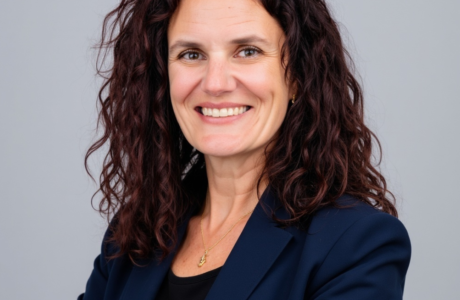
10 Common Myths and Empowering Facts about End of Life Planning
The end of life journey is a part of the lived experience that each person faces at some point. Despite its undeniable presence, discussions surrounding death and dying are often shrouded in silence, and misconceptions often cloud the conversations that do happen.
Starting these conversations and taking appropriate action sooner rather than later can help to avoid a crisis in the most crucial times.
To help, we’re shining some light on some of the most common myths and the empowering truths that could transform how we all approach end of life care.
Myth 1: No one talks about death and dying while healthy and living fully.
Fact: Contrary to this myth, having conversations about end of life preferences while you’re healthy and vibrant is not only possible but it’s essential. Having these discussions with family members, healthcare providers and end of life experts can pave the way for clarity, understanding, and informed decision-making when facing the complexities of care choices later on.
Myth 2: You have to use state forms for your advance directive to be valid.
Fact: While state-specific standard Advance Healthcare Directive forms exist, they are not the only way to craft a valid advance directive. Understanding your options and consulting with knowledgeable professionals, like your doctor or an end of life expert, can ensure your wishes are accurately documented and legally recognized no matter where you are located.
Myth 3: Only lawyers can help you plan for your future.
Fact: While legal expertise can be valuable, it’s not the only resource available. Physicians and healthcare providers play a crucial role in guiding individuals through the process of planning for their future care, offering insights, resources, and support along the way.
Myth 4: An advance directive means “Do not treat.”
Fact: Advance directives are not one-size-fits-all directions to withhold treatment. They serve as comprehensive guides, articulating both treatment preferences and the desire for compassionate care tailored to individual needs and values.
Myth 5: If I name a health care proxy, I give up the right to make my own decisions.
Fact: Naming a healthcare proxy empowers individuals to designate a trusted advocate while retaining autonomy over their healthcare decisions. Your proxy serves to amplify your voice, ensuring your wishes are honored even if you’re unable to express them directly.
Myth 6: I should wait until I am sure about what I want before signing an advance directive.
Fact: The journey towards clarity is ongoing, and it’s okay to embrace ambiguity while crafting your advance directive. Starting the conversation and documenting your evolving preferences lay a foundation for informed decision-making and peace of mind.
Myth 7: I don’t need to talk to my doctor about my wishes if I’ve already discussed them with my family.
Fact: Meaningful conversations with healthcare providers AND family members are the cornerstone of effective end of life planning. While legal documents are important, open dialogue ensures that your values, goals, and wishes are understood, respected, and advocated for throughout your journey.
Myth 8: Once I give my doctor a signed copy of my directive, my task is done!
Fact: End of life planning is a dynamic process that requires ongoing attention and communication. Regular reviews of your directive, discussions with your healthcare team, and updates to reflect changing circumstances are essential components of comprehensive care planning.
Myth 9: Advance directives are only for old people.
Fact: End of life planning is a universal necessity that transcends any age requirements. Regardless of age or health status, EVERYONE can benefit from proactive discussions and documentation of their healthcare preferences.
Myth 10: If I am living at home and do not want to be resuscitated by an EMS team if my heart or breathing stops, my advance directive is all I need.
Fact: Specialized forms are necessary to communicate preferences regarding emergency medical interventions. If someone dials 911, EMS must attempt to resuscitate you and transport you to a hospital, UNLESS you have a special out-of-hospital DNR form or bracelet. This is not the same as your health care advance directive. In most states, both the patient and doctor must sign the special form (in California, it is the POLST form). The patient can also wear a bracelet or necklace with the same information.
By busting these myths and getting real about end-of-life journeys, we’re trying to foster a new normal in End of Life Planning and Care. One with open conversations, informed decisions, so everyone can experience the dignity and respect they deserve as they navigate this delicate chapter of life. These nuanced discussions and decisions should be integrated into comprehensive end of life planning.
Learn more about End of Life Planning with Empowered Endings here and stay tuned for more insights, resources, and stories as we continue to redefine the paradigm of End of Life Care.





